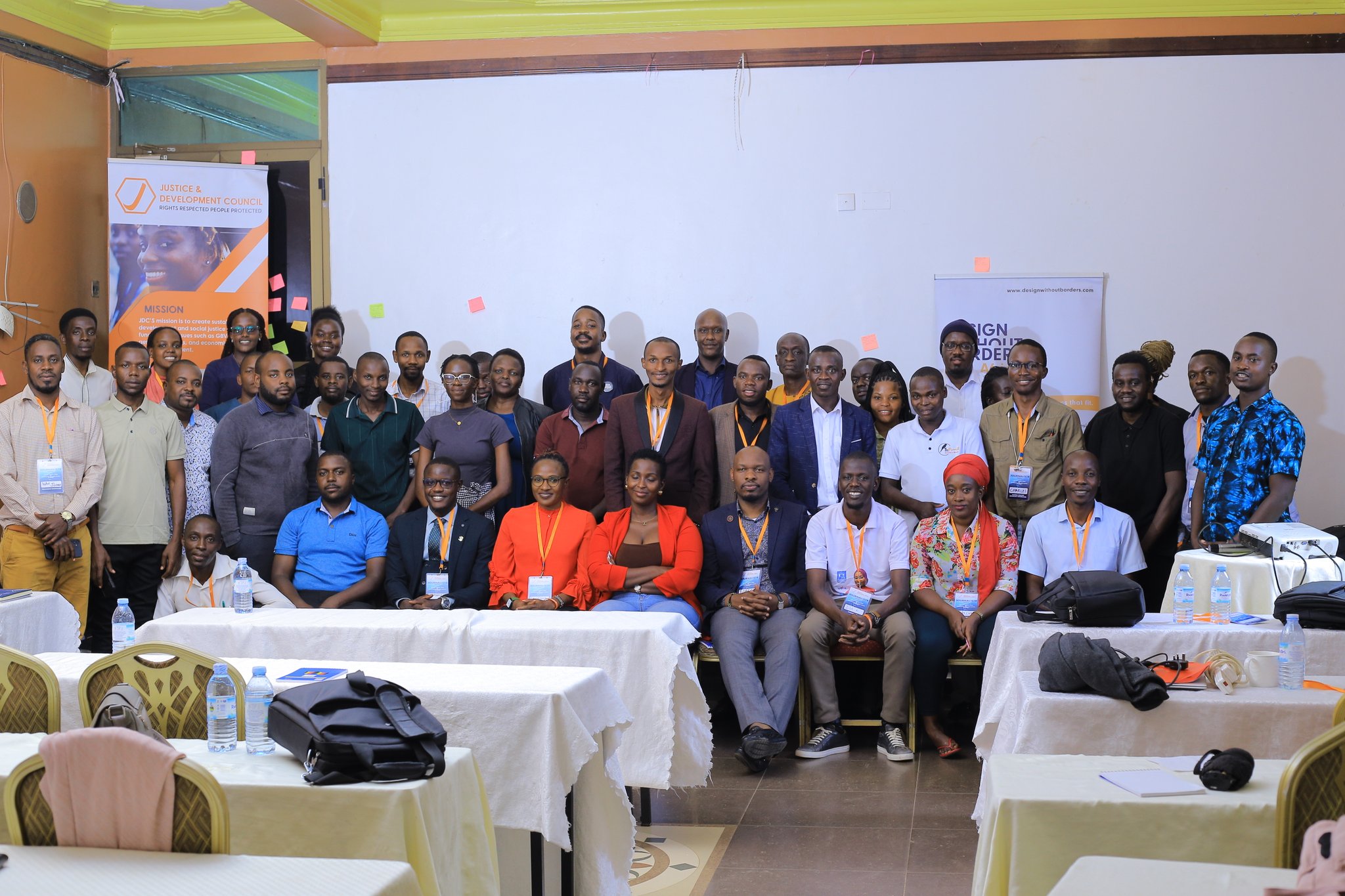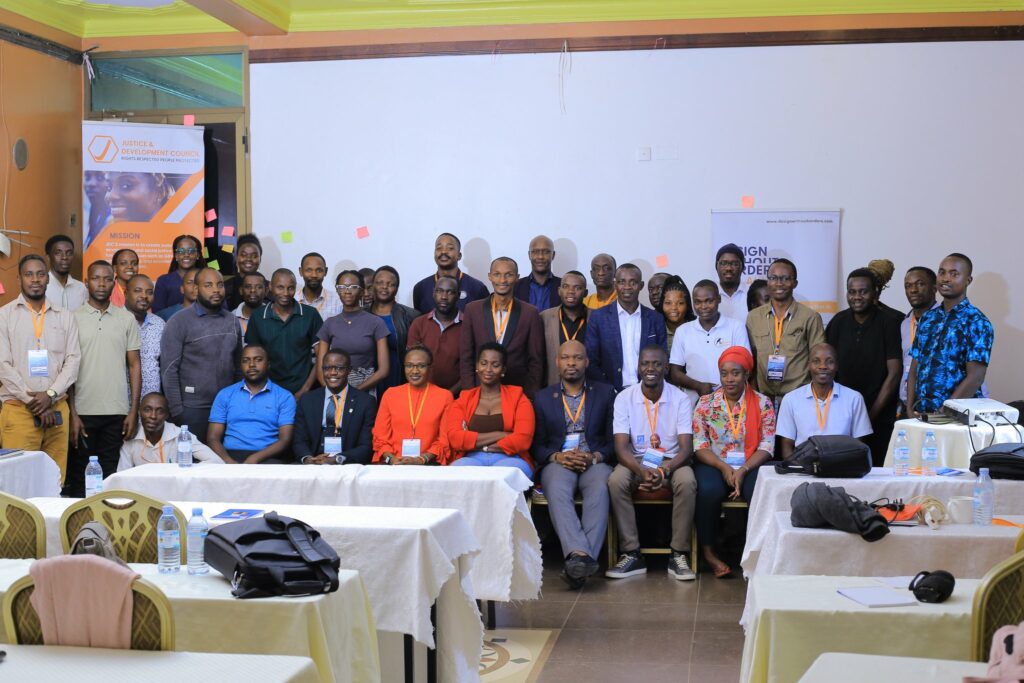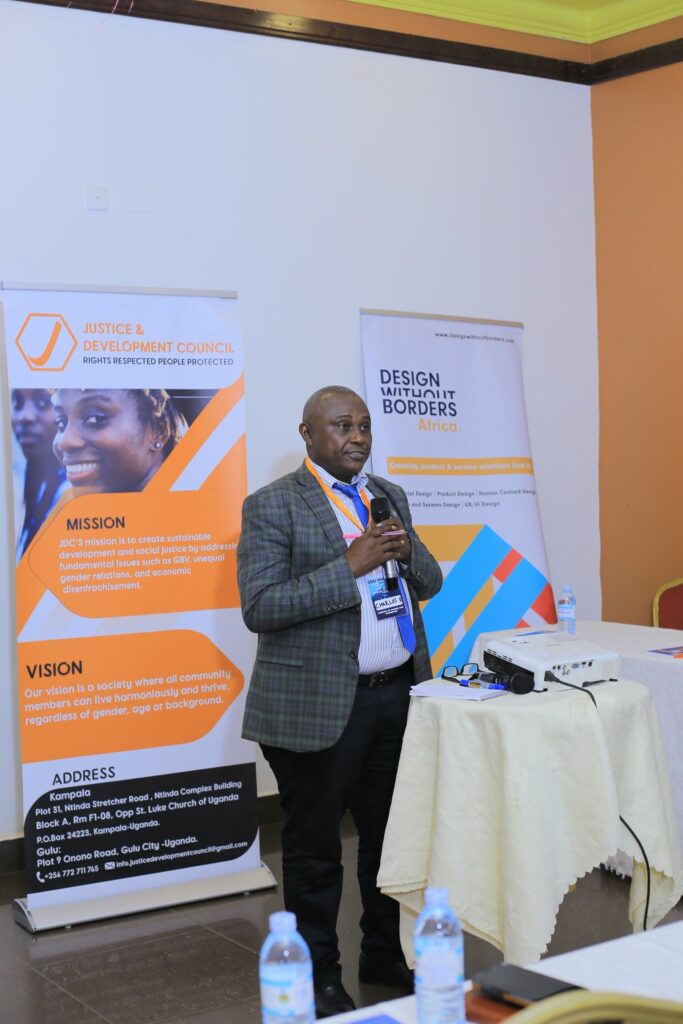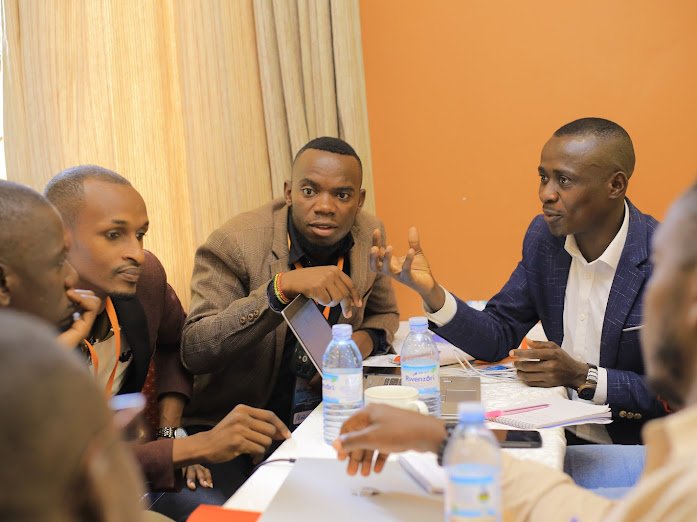
 Mama FM
Mama FM

 Mama FM
Mama FM
30 April 2025, 6:04 pm

By Byamukama Alozious
Journalists have been urged to prioritise reporting on drowning incidents in a bid to raise awareness and save lives. This call to action was made during a training session held today, 30 April 2025, at Minister’s Village Hotel in Kampala, organised by the Justice and Development Council.
The training aimed to equip journalists with the skills to report objectively and uncover underreported stories related to drowning incidents in Uganda. According to Charles Ruzigye, Assistant Commissioner for Safety Navigation and Training at the Ministry of Works and Transport, over 3,000 Ugandans lose their lives to drowning each year, with lakes, floods, and swimming pools being the main contributors to these fatalities.

Speaking at the journalist training on drowning prevention, Otto Businge from the Makerere School of Public Health shared findings from a study conducted between 2016 and 2018. The research revealed that nearly 3,000 people die from drowning annually in Uganda—an average of nine deaths per day. Globally, the situation is equally alarming, with over 320,000 lives lost each year.
The Ministry of Works and Transport is currently developing a National Drowning Prevention Programme, which is set to be launched in July to coincide with International Drowning Prevention Week. The programme will involve collaboration with government agencies and civil society organisations, including Design Without Borders, the Global Health Advocacy Incubator, Reach A Hand Uganda, the Justice and Development Council, Safe Transport and Survivors Support Uganda, among others.

Males account for 81% of drowning cases, with those working in the fishing industry particularly at risk. Children under the age of five are also highly vulnerable, with drowning being a leading cause of death among those aged one to four, accounting for 24% of deaths in this age group, and 19% among children aged five to fourteen.
The research highlights the need for a national drowning prevention strategy, swimming and rescue training, improved water safety infrastructure, and robust data systems to monitor drowning incidents. According to Businge, “Together, we can build a country where water is life, not death.

Lakeside districts and areas with high river usage experience higher drowning rates, with some communities reporting figures as high as 502 per 100,000 population annually. The government and stakeholders are working collaboratively to address these challenges and implement solutions to mitigate the growing drowning epidemic in Uganda.